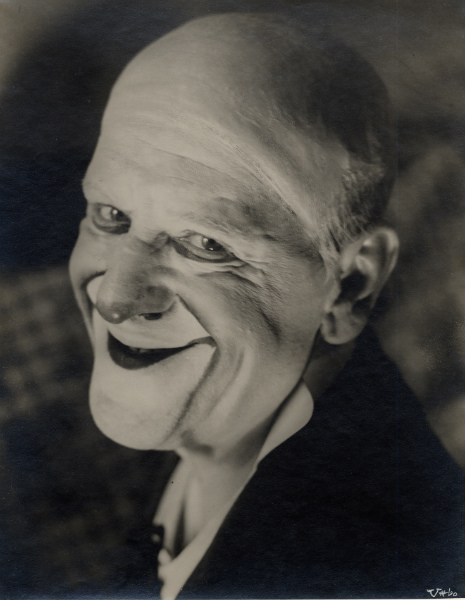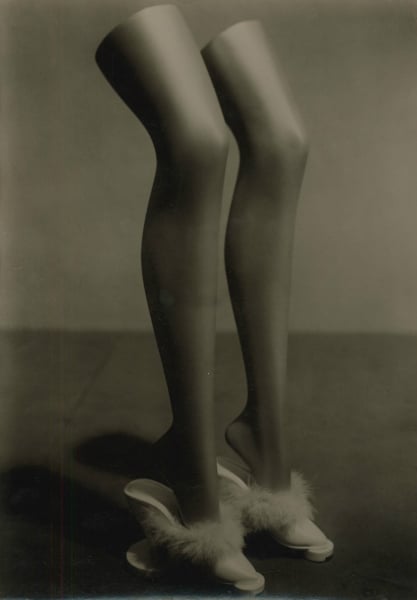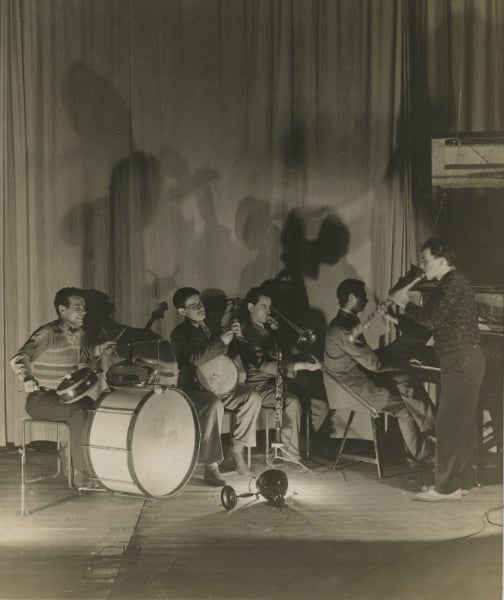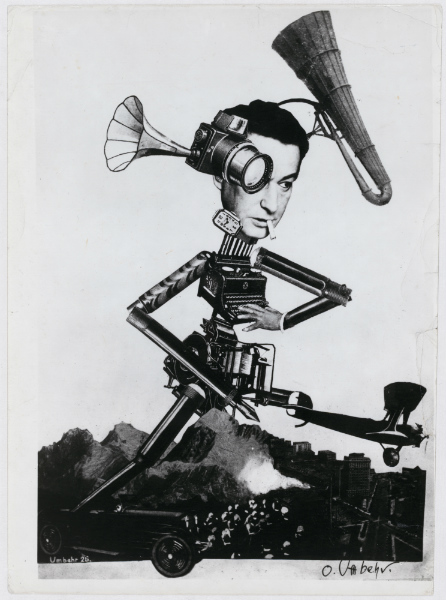Art & Exhibitions
Complete Oeuvre of Bauhuas Photographer UMBO Unified in Landmark Triple Exhibition
His chronicles of Weimar Berlin are historical and stylistic cornerstones.

His chronicles of Weimar Berlin are historical and stylistic cornerstones.

Hili Perlson


UMBO, Grock, from the series “Clown Grock”, (1928-1929). Courtesy
Sprengel Museum Hannover, ©Phyllis Umbehr/Galerie Kicken Berlin/VG BILD-KUNST, Bonn, 2016
Three German museums have announced the joint purchase of the complete portfolio of Bauhaus photographer Otto Maximilian Umbehr (1902-1980), known by his moniker UMBO.
The Berlinische Galerie in Berlin, the Sprengel Museum in Hannover, and the Bauhaus Foundation in Dessau devised the complex acquisition of UMBO’s estate and individual works spread across numerous private collections over seven years, with the important help of Galerie Kicken, Berlin, the artist’s daughter, Phyllis Umbehr, and her husband, Manfred Feith-Umbehr.

UMBO, Untitled (Pantoffeln), (1928/29). Courtesy Stiftung Bauhaus Dessau, ©Phyllis Umbehr/Galerie Kicken Berlin/VG BILD-KUNST, Bonn, 2016
UMBO is considered one of the most important photographers of the Bauhaus and Modernist movements. However, he first found his creative medium after he had been expelled from the Bauhaus school and ended up in Berlin’s bohemian milieu. Photographing urban scenes in late-1920’s Berlin, he soon developed an avant-garde style of photography.
In 1928, Umbehr joined the Deutscher Fotodienst, the foremost photo agency of the Weimar era, making a name for himself as a pioneer of modern photo reportage. With its recognizable signature, his style would come to influence generations of photographers to come.
Tragically, most of UMBO’s life work was lost forever when in 1943 his entire archive of up to 60,000 negatives and photographs was completely destroyed in an air raid on Berlin.

UMBO, Träumende,(1928/29). Courtesy Stiftung Bauhaus Dessau, ©Phyllis Umbehr/Galerie Kicken Berlin/VG BILD-KUNST, Bonn, 2016
A joint exhibition by the three institutions is planned for 2019, with each museum focusing on a different aspect of UMBO’s legacy according to the works of his that would enter their collections.
For the Berlinische Galerie, his work from the 1920’s and the early 1930’s is the most significant as it captures the period of the Weimar Republic. “The artist was one of the most important innovators in this metropolis of modernism and the pictorial language that he developed influenced many contemporary photographers who are famous today,” Berlinische Galerie director, Thomas Köhler, said in a statement.
For Hanover, the purchase signifies the reclamation of a piece of the city’s art history, as UMBO relocated there after War World II, where he struggled to sustain himself with odd jobs and photojournalism. It wasn’t until the reassessment of photography as an art form in the late 1970’s that art historians, galleries, and museums started taking note of UMBO’s work.

UMBO, Untilted (About 1927). Courtesy Stiftung Bauhaus Dessau, ©Phyllis Umbehr/Galerie Kicken Berlin/VG BILD-KUNST, Bonn, 2016
The Bauhaus Foundation Dessau receives the part of the UMBO estate that is directly related to photography at the Bauhaus. Indeed, the three-part exhibition is planned as part of the Bauhaus centenary celebrations in 2019.
Claudia Perren, the foundation’s director, wants to present UMBO’s early photographs—whose aesthetic has its roots in his time at the Bauhaus and his study under Johannes Itten—in the museum’s new building, set to open by then (although a design has not yet been found for the project).

UMBO, Der rasende Reporter, Egon Erwin Kisch , (1926). Courtesy
Berlinische Galerie, ©Phyllis Umbehr/Galerie Kicken Berlin/VG BILD-KUNST, Bonn, 2016
“Besides László Moholy-Nagy, UMBO is still regarded as the Bauhaus photographer. This exhibition will enhance the opening of our museum; we are delighted with the estate and with the excellent cooperation with our colleagues in Berlin and Hanover,” says Perren.